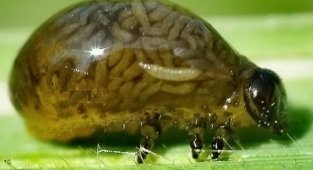Common Grain Armyworm: One of the most dangerous pests of grain crops. Even in Siberia they eat up to 10% of the harvest per season (9 photos)
When people first decided to switch from scrounging to agriculture, they did not yet know that they would have to fight for the harvest. Fight with those who are not averse to nibbling wheat for free. Pests are still a headache for farmers, and the fall armyworm is the worst of them. 
But in appearance, the enemy of farmers is an inconspicuous, but quite large moth. A dirty brown shaggy carcass with dark streaks of 4 centimeters, large and innocent eyes. It's a harmless nocturnal pollinator of flowers, which has been rudely slandered by ill-wishers. But this appearance is deceiving. 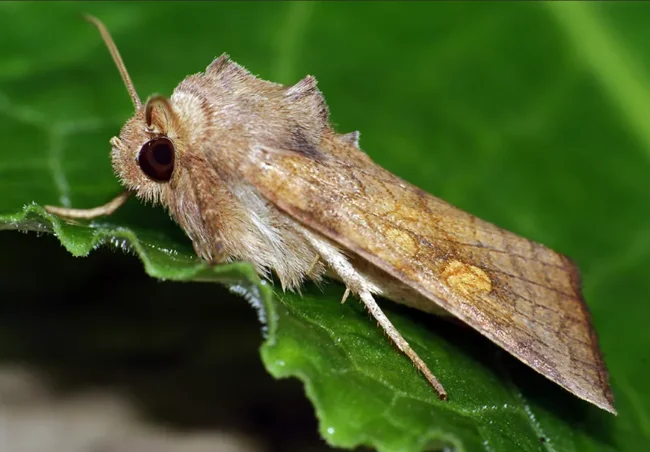
The plump moth can be found almost throughout the Northern Hemisphere. It flashes throughout Europe, Japan and Mongolia. Even in North America they carry out their self-mutilation activities. Of the many ecosystems on these vast lands, insects chose fields and steppes as their home. And with the advent of agriculture, they quickly moved to cultivated areas. 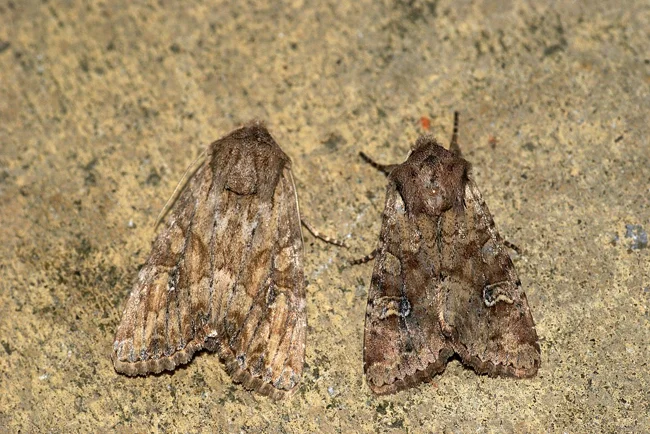
All in order to stay close to food. But you won’t catch adult cutworms red-handed, because they won’t damage a single grain on the field. The maximum is to sip some wildflower nectar or drink a little juice from the stems, which does almost no harm to the plant. But the caterpillars of this moth come off as adults in full. Their teeth significantly thin out the grain harvest. Losses amount to up to 200 kg per hectare, which is very unpleasant for Siberia: - 10% of the harvest. 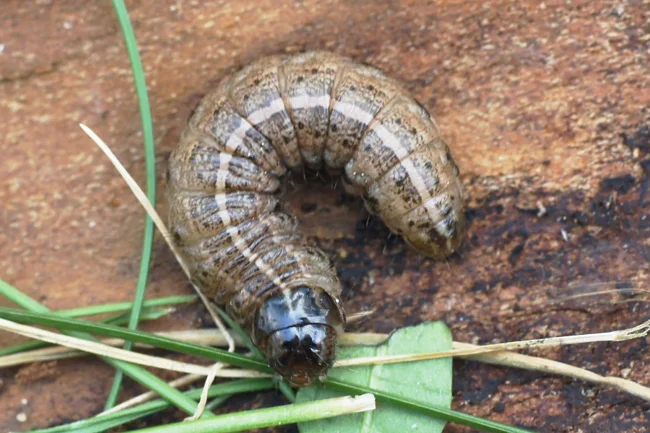
Noctuid owls achieve such unpleasant achievements for humans through assembly line production. In 2 weeks of life, one female manages to produce an entire battalion of 400 eggs, which are released within a week or two. 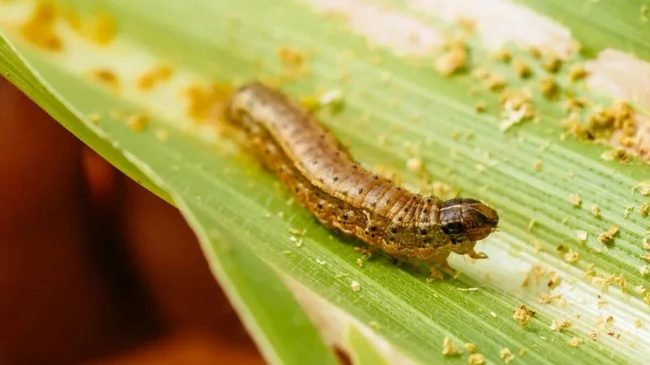
The voracious caterpillars, in discreet parental colors, hatch in June and immediately begin working with their jaws. Very young larvae bite into unripe grains and secretly eat them from the inside. 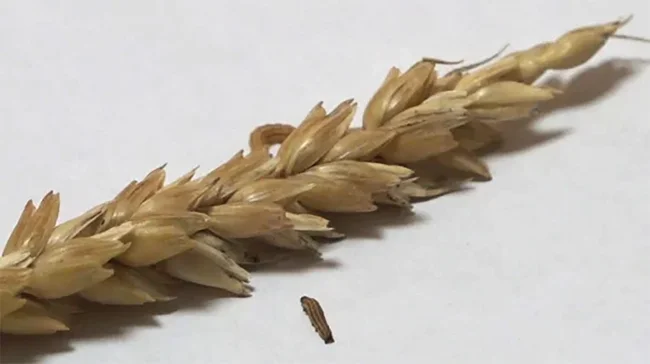
But after a month or two, the caterpillars are already brazenly shredding the crop, simultaneously snacking on green wheat leaves. Moreover, the pests carry out their raids under the cover of night. During the day they hide in the shade of leaves or in cracks on the ground. 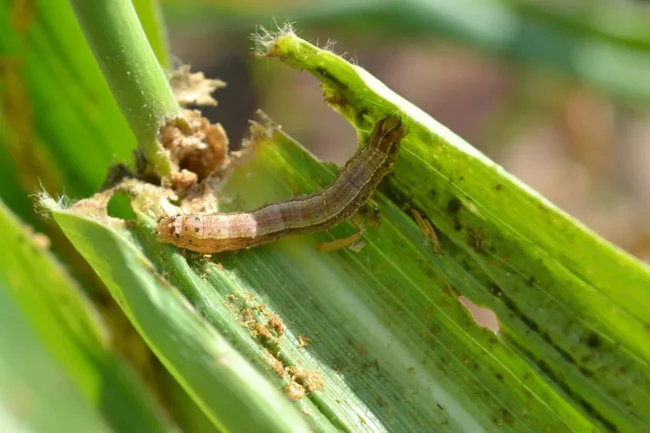
The rampage of gluttony will last until the fall - even when people have harvested the entire crop, the caterpillars will still find something to gnaw on before heading off to winter. Future owls will spend their hungry time underground. And as soon as the temperature starts to rise above zero, they crawl out to ruin the lives of farmers a little more. Caterpillars attack seedlings - they can devour up to 30% of the future harvest. 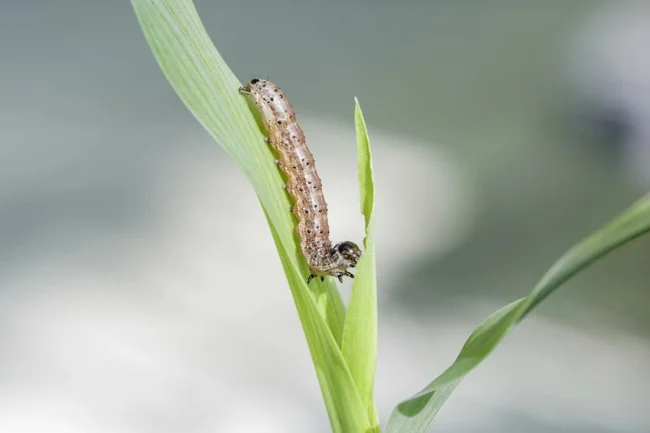
Having eaten properly, the larva goes underground and turns into a pupa. Packed, they have to sit for a month before becoming new moths and giving birth to a couple hundred more hungry children. 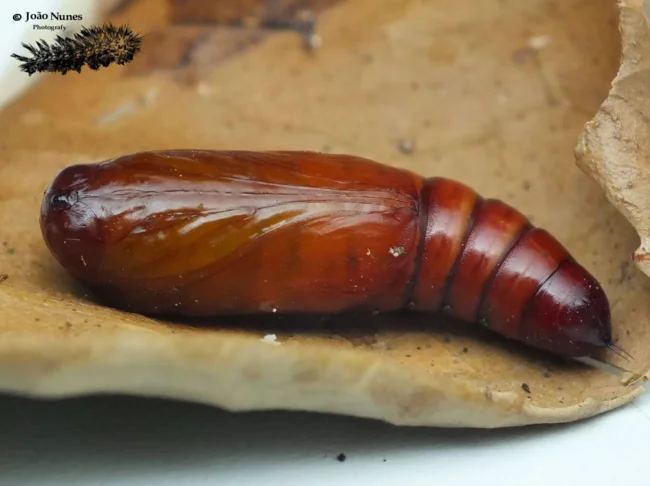
People don’t like this lifestyle at all, so farm workers are actively trying to fight armyworms. They are poisoned with liquid and gaseous insecticides, frozen and overheated in granaries. But the moths still survive and continue to gnaw!
